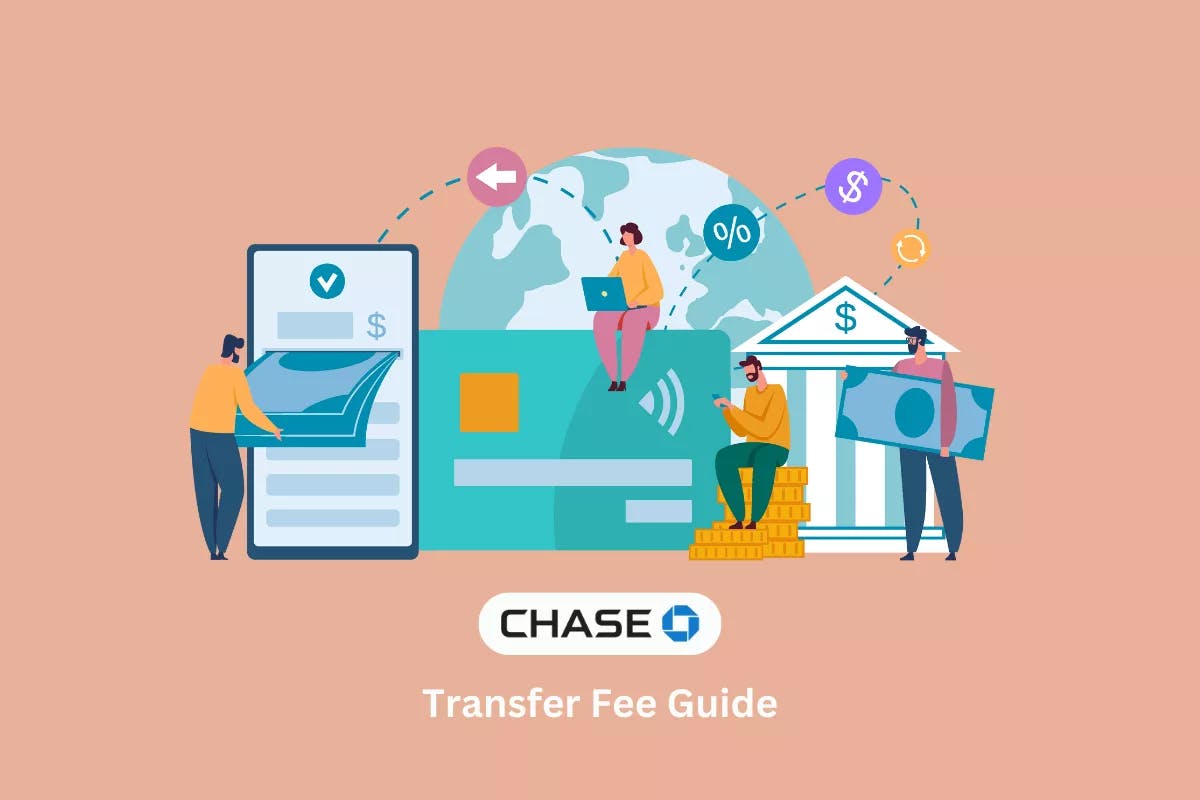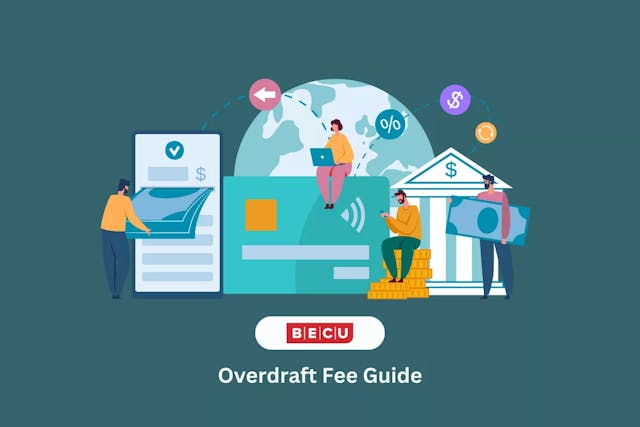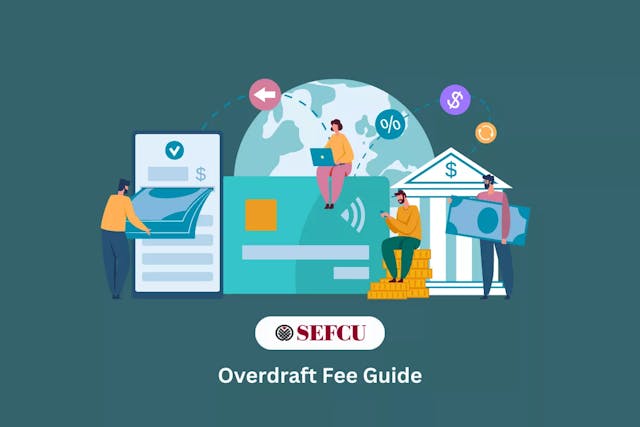What Is a Wire Transfer Fee?
Chase Bank charges customers a fee to receive and send money, or transfer money, via domestic wire transfer and international wire transfer. Chase wire transfers, sometimes called bank transfers or credit transfers, are a way to electronically move funds from one bank account to another.
Different fees apply if you are dealing with an incoming Chase domestic wire transfer, incoming Chase international wire transfer, outgoing Chase domestic wire transfer, or outgoing Chase international wire transfer. Whether the money is sent in U.S. dollars (USD) or foreign currency (FX) can also impact how much your Chase Bank wire transfer fees are.
Depending on the type of Chase bank account that you have, you may be able to get domestic wire transfer fees and international wire transfer fees waived when you transfer money.
How Much Do Chase Wire Transfer Fees Cost?
Whether you are sending or receiving the Chase wire transfer, as well as whether you are doing a domestic wire transfer or international wire transfer determines how much you will pay.
Domestic and international incoming wire transfers
- When you receive incoming wire transfers into your bank account
- $15 per transfer, $0 for transfers sent through Chase bank, Chase.com, or Chase mobile
Domestic wire transfers
- When a banker assists you with sending a Chase wire transfer to an account within the U.S.
- $35 per transfer
Online domestic wire transfers
- When you use chase.com or Chase Mobile to send a Chase wire from your checking account to a bank account within the U.S.
- $25 per transfer
Consumer USD/FX international wire transfers
- When a banker helps you send a Chase wire to a bank outside the U.S. in either U.S. dollars or foreign currency
- $50 per transfer
Consumer online USD international wire transfers
- When you use chase.com or Chase Mobile to send a Chase wire from your checking account to a bank account outside the U.S. in U.S. dollars
- $40 per transfer
Consumer online FX international wire transfers
- When you use chase.com or Chase Mobile to send a Chase wire from your checking account to a bank account outside the U.S. in foreign currency
- $5 per transfer, $0 per transfer if the amount is equal to $5,000 USD or more
Related Fees
There may be a foreign transaction charge involved in international wire transfers through Chase Bank. Your bank (the sender of the wire transfer) may automatically charge you a fee for foreign currency exchange based on foreign exchange rates.
If your bank does not automatically convert your money, international banks can impose an interbank or mid-market exchange rate, which you would be forced to pay for as well.
Special Considerations
Some Chase account holders are exempt from paying wire transfer fees. The following account holders do not have to pay wire transfer fees:
- Chase Premier Plus Checking account holders do not pay a fee for incoming or outgoing wire transfers.
- Chase Sapphire Checking account holders do not pay a fee for incoming or outgoing wire transfers.
- Chase Private Client Checking account holders do not pay a fee for incoming or outgoing wire transfers.
- Chase Private Client Savings account holders do not pay a fee for incoming or outgoing wire transfers.
- Chase Premier Savings account holders do not pay a fee for incoming wire transfers.
Additionally, some Chase account holders are unable to send or receive wire transfers.
- Chase First Checking account holders are unable to send or receive wires.
- Chase Secure Checking account holders are unable to send or receive wires.
Chase and other banks may deduct the wire transfer fee from the amount of the wire, reducing the amount deposited into your account.
How to Send Chase Bank Wire Transfers
To send Chase Bank wire transfers domestically:
- Sign in to your Chase app and head to the menu in the top left corner
- Select ‘Wire Transfer’ and then ‘Schedule Transfer’
- Add your wire recipient, the recipient’s bank account number, and the account that you’d like to wire the money from
- Add the wire amount and date
- Select ‘Schedule Wire’ and ‘Close’
To send Chase Bank wire transfers internationally:
- Sign in to your Chase app and head to the menu in the top left corner
- Choose ‘Chase Global Transfer’ and ‘Schedule Transfer’
- Choose whether the wire recipient is an individual or business and then specify country
- Enter the wire transfer amount in U.S. dollars and select ‘Next’
- Add you recipient, the international bank account number, and the date that you’d like to send the wire
- Select ‘Authorize’ and ‘Done’
How to Avoid Wire Transfer Fees
It may seem counterintuitive to be charged money in order to send money to a different account. However, fees are a major source of income for financial institutions, and when you wire money, it does take the bank time and effort to complete the transaction. Fortunately, there are a few things that you can do to minimize the chance that you will get stuck with Chase Bank wire transfer fees.
Consider fee-free payment options
Before doling out money to transfer funds from here to there, you should do some research to find another option that won’t burn a hole in your wallet.
Digital payment companies, such as Zelle and Venmo, enable you to receive and wire money in real time and free of charge.
When using an online banking option, you should still check with Chase Bank that you are not on the hook for additional charges.
Open a fee-free account
One way to avoid incurring a fee when you wire money is to open a fee-free account. Some circumstances are unavoidable so having a fee-free account protects you if you cannot avoid incurring a bank fee.
If you decide that you need to send money via wire transfer, it can also pay off to find a bank that charges the least amount in fees for such transfers. Some banks have absolutely no fees, while other banks have minimal fees.
How to Get a Wire Transfer Fee Refund
It can be challenging to successfully negotiate a wire transfer fee refund with Chase Bank, but it’s not a lost cause. There are a couple of things that you can do to increase your chances of success. Note that these suggestions apply for negotiating Chase fees if you send an international wire transfer but may not apply to fees imposed by the foreign financial institution.
Properly prepare for your negotiation
Have all personal information ready when you contact Chase customer service, including your name, account number, when you completed the transfer, and any other necessary information that will help you feel prepared.
Introduce yourself
Start with: “Hello. My name is , and I recently received a fee after conducting a wire transfer. I’m contacting you to see if you would be willing to issue me a refund.”
Present your points of leverage
Are you facing financial hardship as a result of COVID-19? Is this your first time requesting a wire transfer fee refund from Chase? Was it a one-time wire transfer? Do you not send wire transfers frequently?
Be patient, persistent, and prepared not to get a refund
Remember that the customer service representative that you are speaking with likely didn’t write the rules on bank fee refunds. No matter how the conversation is going, be calm and polite to the representative. In these situations, a little kindness can go a long way toward helping you achieve your goal — in this case, getting a refund.
You can be kind but also be persistent. The representative will likely tell you that they can not issue you a refund right off the bat. That is okay and highly likely. At this point, you can present whatever points of leverage that you’ve prepared to try to get the representative to see things from your point of view. If you’re not able to make progress with one customer service representative, you can always ask to speak with a supervisor, or call back at a later date to speak with someone new.
Finally, you should go into the conversation knowing that not every negotiation will end positively for you. In fact, the more often that you incur and attempt to negotiate fees, the less likely that your bank might be to negotiate them. If you do not win one negotiation, try to remain positive and focus on avoiding fees when you send money in the future.
Find Chase Bank’s complete fee schedule here.



